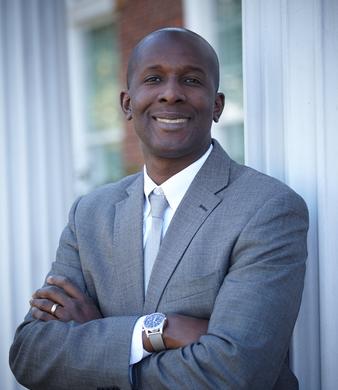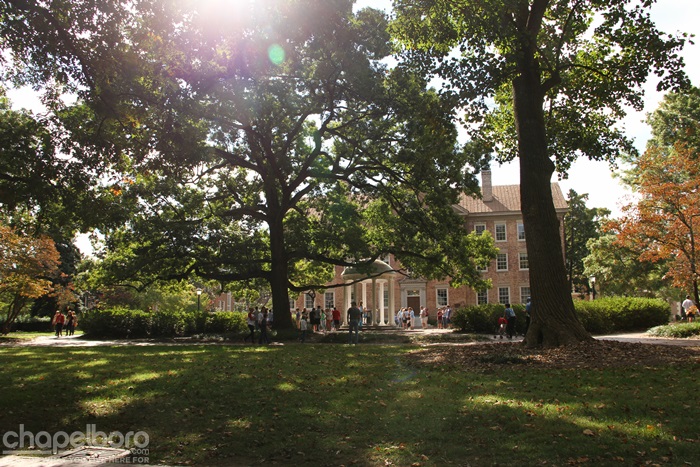“Why do black people suffer more health problems than other groups? What do these challenges mean in their everyday lives? How do their struggles play out before a largely white medical community? How can we begin to solve these seemingly intractable problems?”
Dr. Damon Tweedy raises and discusses these questions in his new book, “Black Man in a White Coat: A Doctor’s Reflections on Race and Medicine.”
Another question he asks, “Do I have a special role to play as a black physician?” He responds with stories from his own experiences.
Dr. Tweedy is now an assistant professor of psychiatry at Duke University Medical Center and staff physician at the Durham VA Medical Center. But his memoir begins when he, as a black first-year medical student at Duke, entered a white medical world in which his race often made him an uncomfortable outsider.
In an early encounter, a professor, when Tweedy reentered a lecture hall after a break, greeted him with, “Are you here to fix the lights?”
When Tweedy said he did not have anything to do with the lights, the professor frowned and said, “Then what are you doing here in my class?”
When Tweedy replied, “I am a student in your class,” the professor looked away, then walked off without another word.
His black classmates advised him to shake it off, but the incident “shattered my brittle confidence and my tenuous feeling of belonging at Duke.”
On a positive side, Tweedy worked extra hard to do well in the professor’s class. When he earned the second highest grade in the class, the surprised professor offered Tweedy a research job in his lab, which Tweedy did not accept. He left the office “with a confused mixture of pride, relief, frustration, and bitterness. ‘Are you here to fix the lights?’ stirred then—and still today—each of those emotions.”
If Tweedy had accepted the professor’s offer and the two had become good friends and a Nobel Prize winning research team, it would have made a heartwarming story of racial reconciliation and progress. But it was not to be.
Later, though, Tweedy tells a poignant story of change that made me reach for my handkerchief.
When Chester (not his real name) entered the emergency room in Durham showing signs of infection and injury to his kidneys, he made one request. “I don’t want no black doctor.”
Except Chester used the “N” word.
Chester’s daughter wore a T-shirt that “proudly displayed the Confederate flag.” The daughter’s tattooed son’s shirt pocket “flaunted a smaller Confederate flag” and “looked the part of virulent racist.”
When Tweedy became his doctor, Chester would not speak to him directly, but as Tweedy learned about Chester’s life and love of baseball’s Atlanta Braves, things began to warm up. After about a week and a half in the hospital, Chester finally responded when Tweedy asked how he was doing. “Okay, doc. I think I’m getting better.”
Tweedy wondered how Chester could reconcile his hate for blacks with his love for the Braves, whose greatest star was a black player named Hank Aaron.
“Maybe,” wrote Tweedy, “in the same way that I sensed he was grudgingly coming to accept me as his physician.”
Unfortunately, Chester did not recover his health. But Tweedy had won over Chester and his entire family before his death. “Thanks for all you did for my daddy,” said the daughter who had worn the Confederate shirt.
“Thanks sir,” said her son. “My granddaddy liked you.”
Tweedy writes, “Here was Chester’s family, heirs to his bigoted ways, offering nothing but gratitude. I now saw how even racists such as Chester were capable of making genuine human connections with those they professed to hate.”
Tweedy’s book is full of such moving personal stories, all set against a backdrop of the shocking health conditions that confront black Americans and challenge our country.








Comments on Chapelboro are moderated according to our Community Guidelines